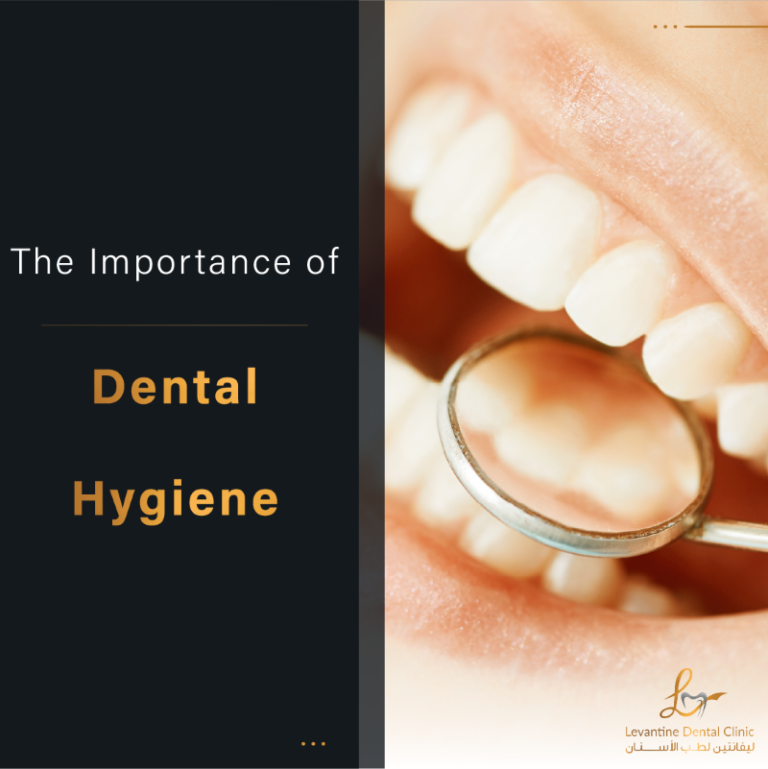Get the perfect Smile
With the
Dental Bridges
Welcome to Levantine Dental Clinic in Dubai, your trusted provider of high-quality dental bridges. Crafted by our expert dentists, our bridges restore functionality and aesthetics to your smile.
Dental Bridge Procedures in Dubai
Dental Bridges
In Dubai
If a patient is missing one or more teeth, one of the options is getting a dental bridge. Dental bridges fill the empty space the tooth has created with one or more false teeth. The dental bridge is typically made of crowns that the dentist places on either side of the missing tooth.
The procedure typically consists of two steps that the dentist carries out over the course of two or more appointments. Firstly, the dentist removes some of the enamel and dentin of the tooth to make room for the crown. The dentist then takes impressions and scans of the patient’s teeth. The patient’s dental bridge is created in the lab. As the dental bridge is being created, the patient wears a temporary bridge to protect the exposed area. Secondly, the dentist places the permanent bridge and makes adjustments accordingly.
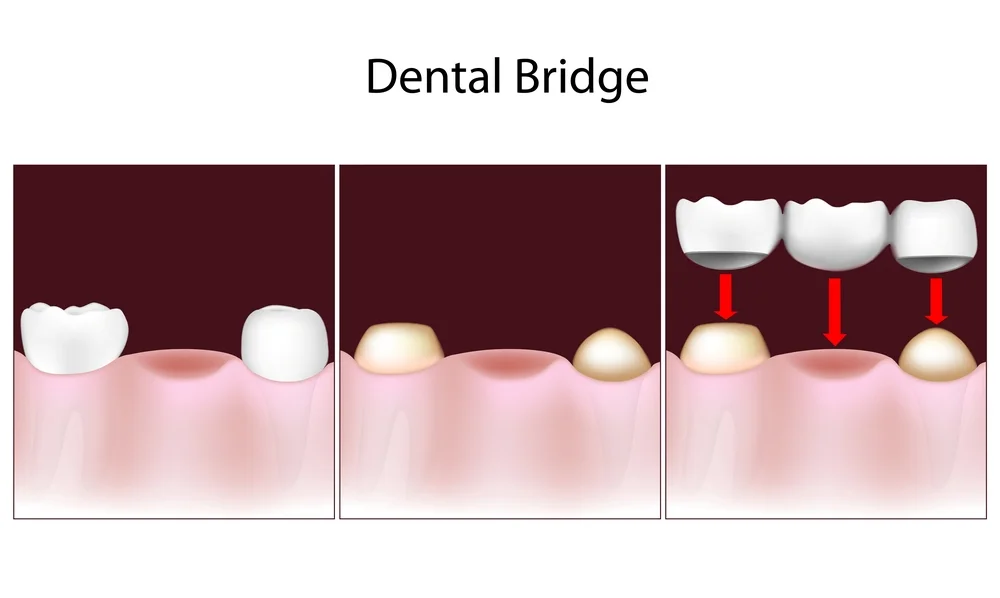
Types of dental bridges:
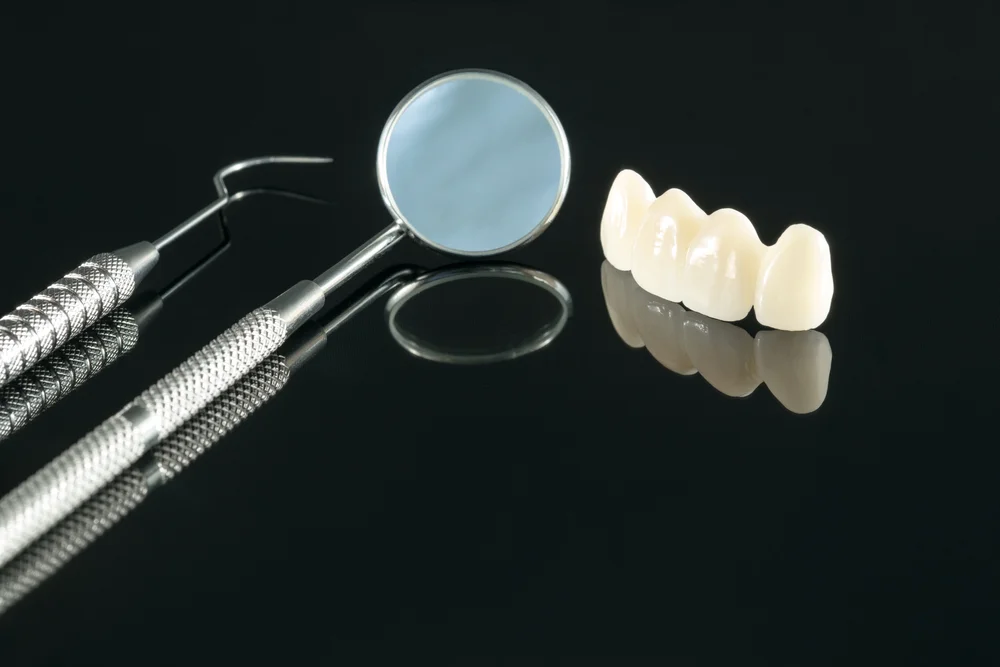
TRADITIONAL BRIDGES
A traditional dental bridge is made of an artificial tooth or teeth that are fixed in place by dental crowns that have been cemented onto each of the abutment teeth. These bridges are the most common amongst the other types. Especially for cases when patients have natural, healthy teeth on both sides of the gap caused by the missing tooth. Generally, traditional bridges have two or more crowns and a filler tooth or teeth. The crowns support the bridge to stay fixed.
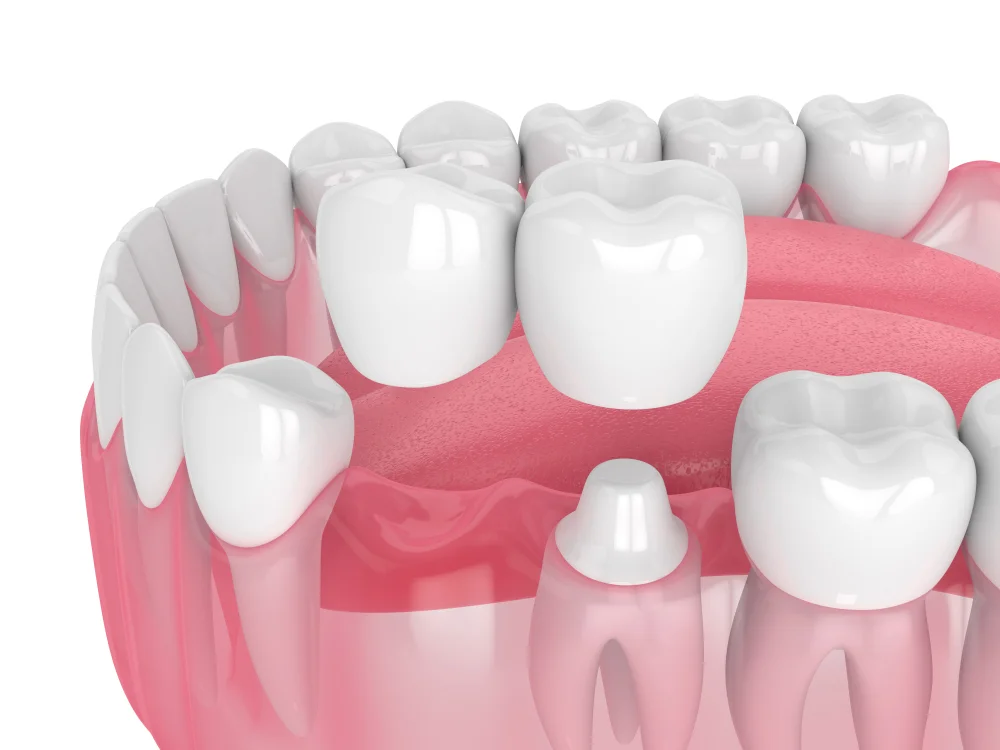
CANTILEVER BRIDGES
Dentists use cantilever bridges when there are no teeth left on one of the neighboring sides of the missing tooth. Therefore, only one side provides support for the bridge with one tooth in good health and a crown. Dentists also recommend these bridges for certain cases where there are no teeth on both sides of the missing tooth or teeth. Moreover, there are cases where it is not favorable to prepare teeth on both sides for aesthetic reasons. For example, if a patient’s front tooth is on one side of the missing tooth or teeth.
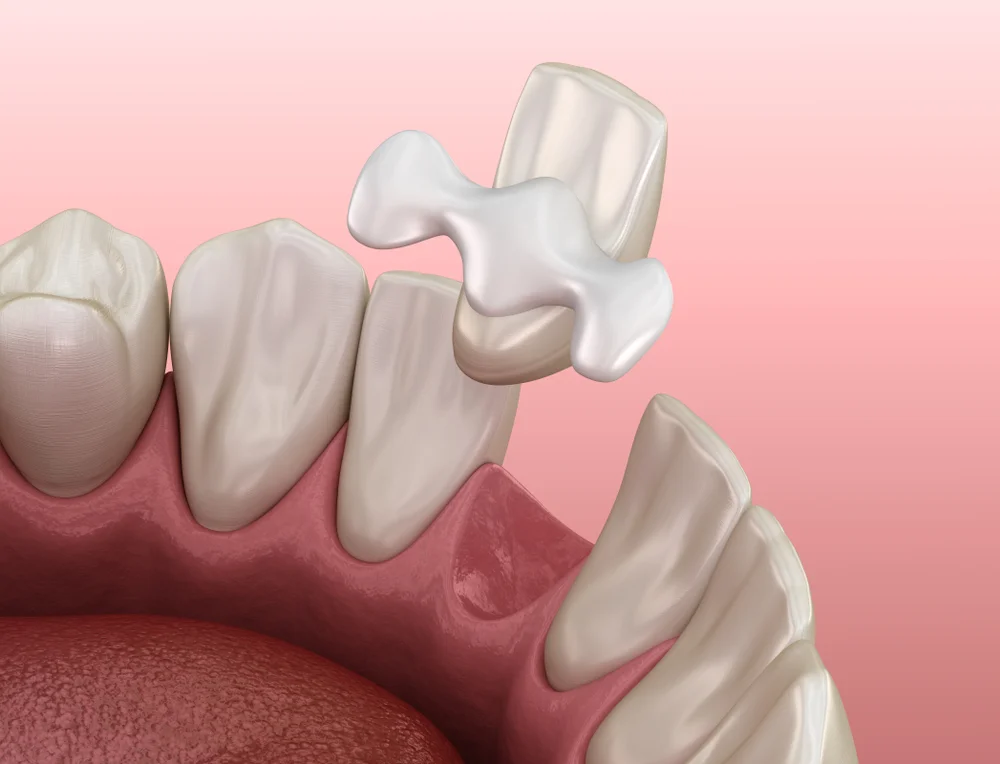
MARYLAND BONDED BRIDGES
Maryland bridges are popularly used to replace a patient’s missing front teeth. They are made of metal with porcelain fused to metal. The artificial tooth of the bridge is fixed to the adjacent healthy teeth with metal or porcelain wings on one of the sides of the bridge that are fixed behind the adjacent teeth. These bridges conserve the teeth more than traditional fixed bridges because they do not need a lot of tooth removal or reshaping. Alternatively, the metal wings are placed behind the abutment teeth.
Dental Bridges Cost in UAE – They are Worth the Investment
Dental bridges act as investments in a patient’s confidence and oral health.
Dental bridges are definitely worth the investment as they have many benefits. They act as a permanent solution for a patient’s missing teeth. Dental bridges can also replace missing teeth without the need for a surgery, unlike dental implants procedure. In addition, dental bridges boost patients’ confidence, allow clear speech, and support chewing or eating. Dental bridges also prevent problems that arise from having gaps in between teeth. When patients have gaps between their teeth, the rest of the teeth might move into the space. This has many negative effects, such as affecting patients’ bites and increased risk of cavity.
Frequently Asked Questions
Dental bridges are restorative structures used to replace missing teeth that may have been lost to trauma, dental decay, extraction, or age. During the procedure, your dentist will use dental crowns to “bridge” the space between the teeth you may be missing. These days, bridges are usually made from
porcelain so that they can be shaded to look natural and even last longer.
Dental bridges can last anywhere from five to 10 years. But sometimes, patients can use the same ones for decades! However, the durability of dental bridges is dependent on a variety of factors; including how well you take care of your teeth, where the bridges are located, and the materials used to create them.
Dental bridges come with a host of benefits. First off, you do not need to remove them whenever you want to clean your teeth. You can brush your teeth normally. Besides that, bridges have an average life span of ten years. They are strong and stable, and, with impeccable oral hygiene and regular dental check-ups, they can last even longer. Loss of teeth can lead to low self-esteem; bridges help restore not only your smile but also your confidence.
Most patients have no problems at all however you may find there is a minor adjustment period while you get use to wearing the aligners.
Traditional, fixed bridges are permanently cemented in your mouth. But if you opt for a removable, partial dental bridge, then you can remove it at any time. Many patients remove bridges while they sleep and for cleaning purposes.
A dental bridge is a dental device that includes one, two or three false teeth to take the place of missing teeth. In order for the bridge to be held properly in place, it is attached to the neighboring teeth using dental crowns. Since a healthy mouth is one that has a full set of teeth, anyone who is missing even just one tooth needs to find a tooth replacement option as soon as possible.
Dental bridges, like any other dental work, can take you up to a week to get adjusted to. However, once your mouth is used to the feeling of the dental bridge, you won’t even notice it! If your
dental bridge is still causing you discomfort after a week of wearing it, you may want to schedule a follow-up dental visit so your dentist can ensure the bridge is sitting correctly and make
any needed adjustments.


